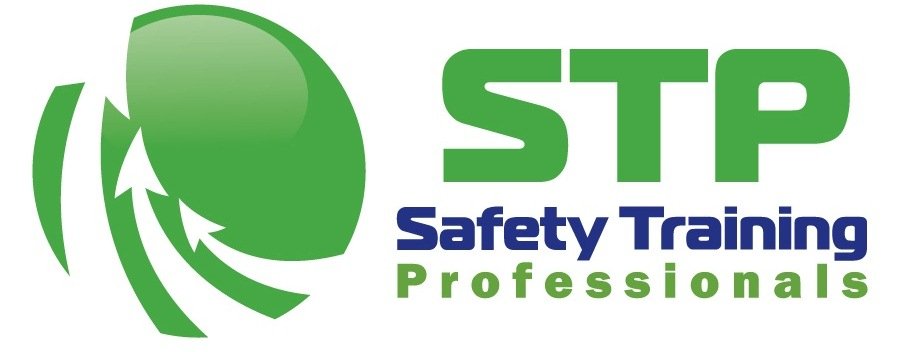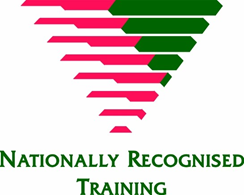- Gas Test Atmospheres
Gas Test Atmospheres Training - $295
MSMWHS217 Gas Test Atmospheres
Course Details
Duration: 3 Hours
Where: Unit 2, 84 Solomon Road, Jandakot WA 6164
Delivery Mode : Face to face
Amenities: Tea, coffee and biscuits are provided. Kitchen facilities are available for those who wish to bring their own lunch. A lunch bar is 100m away.
Group bookings are available at your site or ours. Please contact our office on 08 94178888 or admin@stp.net.au for pricing and site requirements. Up to 10 participants per group.
This Gas Test Atmospheres training course is nationally accredited and through the combination of theory and practical training, this course provides participants with the necessary knowledge and skills required to safely use and operate single or multi-gas detection instruments.
Student Requirements
Students must have the language, literacy, numeracy (LLN) and physical capabilities to meet the performance criteria of this unit. (For further information or if you have any concerns regarding LLN and/or physical capabilities please contact the office)
Students must have the ability to read and write English and be able to perform practical and theoretical assessment as required.
Students must wear standard work wear, enclosed safety shoes, long shirt and pants.
Pre-Requisites
There are no pre-requisite units for this course.
Designed For
This Unit is recommended for participants who are required to operate gas testing equipment within the workplace.
Upon Completion
Upon successful completion of this course, each participant will receive a nationally recognised Statement of Attainment and wallet sized card for:
MSMWHS217 Gas Test Atmospheres
Course Outline
Induction and enrolment
Reference documents / legislation
When is gas detection required?
Case studies of unsafe atmospheres
Risk management concepts / risk assessments
Human breathing principles
Toxic & explosive gases – their effects and safe exposure levels
Types of gas detectors
Understanding the role and functions of key components
Bump testing and fresh air calibration
Actions to be taken if an atmosphere is deemed unsafe
Understanding and use of special features of your gas detector
Interpreting warnings, faults, displayed messages
Post use care of the equipment
Practical exercises performed
Assessment of students’ competence

